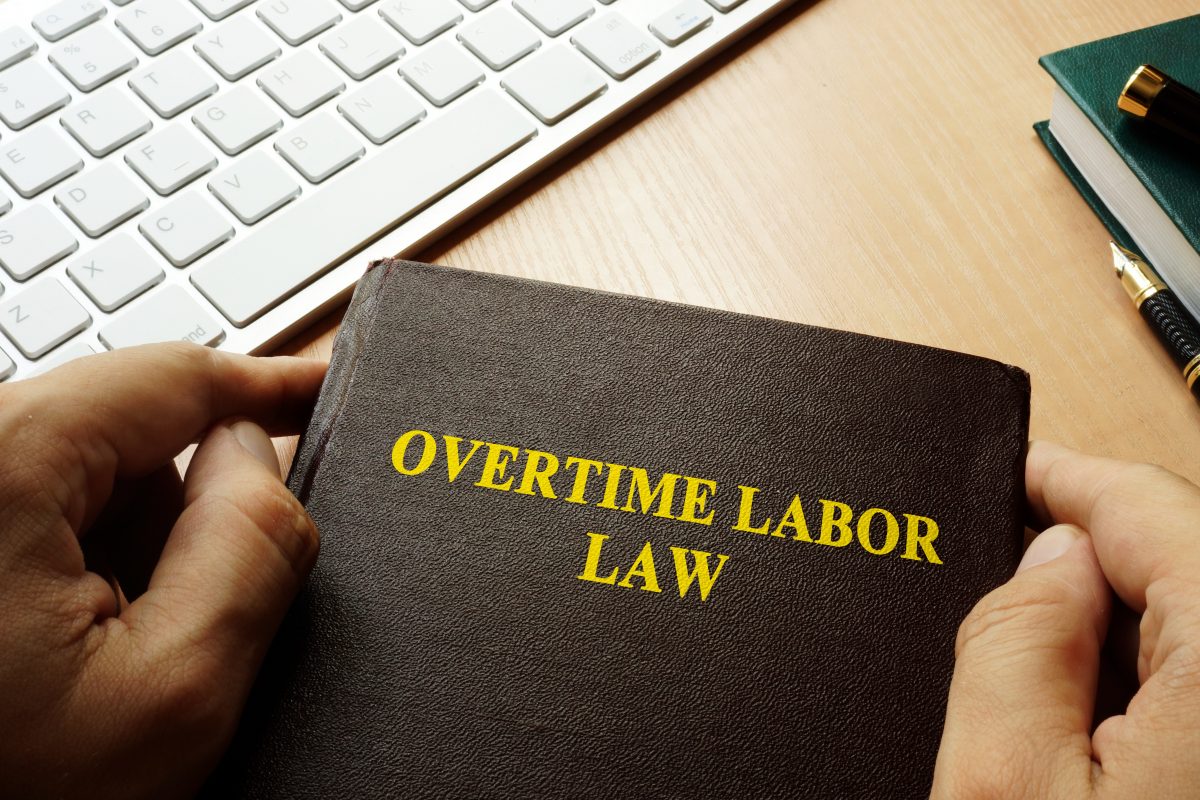Since the middle of 2016, we’ve reported on the fate of federal labor-law regulations championed by the Obama Administration that were designed to give a huge “raise” to many workers around the United States. These rules changed the formula that employers – for-profit and nonprofit alike – use to determine which employees are eligible for overtime pay for putting in more than a set number of hours in a day or week.
It had been over a decade since the Department of Labor had established a key element of the test – that is, the salary cut-off of just $23,000 a year. Support was growing to change that figure that was so artificially low compared with economic realities that too many workers were being unfairly excluded from otherwise statutorily required overtime pay.
The Obama Labor Department issued final overtime regulations in May 2016 with a delayed effective date of December 1, 2016, to give employers time to plan and adjust to the new rules. As expected, some opposition emerged in the summer and fall of 2016 in the form of lawsuits and calls on Congress to reject the changes.
Of course, on November 8, 2016, the unexpected happened: a change of Administration, with a dramatically different political philosophy and policy goals.
History of These Regulations
The lawsuits continued and the lame-duck White House proceeded as if the overtime rules would go into effect – and stay in effect – as planned.
A funny thing happened, though, in the early months of the new Administration. Unlike the fate of many other Obama-era laws, regulations, and rules which were summarily reversed or severely restricted, the proposed overtime changes were not tossed out. The Secretary of Labor Alexander Acosta, installed after a disastrous first Cabinet pick did not work out, announced his support for some upward revision to the income-cap limits for overtime eligibility – though not in the significant amount adopted by the Obama DOL final regulations.
He proceeded to (successfully) shepherd a middle-ground compromise through a few years of delays and uncertainty. In Time for Nonprofits to Engage on Overtime Proposals (April 12, 2019), we told you that the Department of Labor had published proposed regulations and announced the statutorily required public-comment period.
Over the next several months, the proposed regulations survived, but – alas – Secretary Acosta did not.
The Acting Secretary of Labor, Patrick Pizella, issued the final regulations on September 24, 2019.
Final Regulations Announced
In a press release, Mr. Pizella explained that “for the first time in over 15 years, America’s workers will have an update to overtime regulations that will put overtime pay into the pockets of more than a million working Americans,” adding that the “… rule brings a commonsense approach that offers consistency and certainty for employers as well as clarity and prosperity for American workers.”
According to this official statement by the Department of Labor, the increases adopted are “long overdue in light of wage and salary growth since 2004.” Remarkably, the agency confirms that “nearly every person who commented on the Department’s 2017 Request for Information, participated at listening sessions in 2018 regarding the regulations, or commented on the Notice of Proposed Rulemaking agreed that the thresholds needed to be updated for this reason.”
Not everyone had been on board for the more dramatic increases adopted by the Obama Administration; some in the nonprofit sector worried that the financial burden would be difficult to absorb. In a 2016 survey conducted by the National Council of Nonprofits – taken in connection with adoption of the original Obama-era regulations changes – a frequently mentioned concern is the matter of nonprofits being subject to contracts and grants negotiated and awarded without regard to additional costs that will result even with a much more modest jump in the overtime formula.
Some opposition and concern from the nonprofit sector continued even with the compromise rates proposed by Secretary Acosta.
New Overtime Regulations
Under the final rule, the Department of Labor raises the “standard salary level” from $455 to $684 per week; that is, about $35,568 a year for a full-time employee. It also raises the “total annual compensation level for “highly compensated employees (HCE)’” from $100,000 to $107,432 a year.
In addition, this change allows employers to “use non-discretionary bonuses and incentive payments (including commissions) that are paid at least annually to satisfy up to 10 percent of the standard salary level, in recognition of evolving pay practices” and revises certain special salary levels for workers in U.S. territories and in the motion picture industry.
More information about the final rule is available here.
Conclusion
The new regulations go into effect on January 1, 2020, and apply generally to all employers – for-profit as well as nonprofit.
We’ve cautioned before that there is an important caveat to this discussion of federal overtime rules. The overtime-eligibility cutoff amount in some states continues – even under this compromise formula – to be higher than the new rate salary cut-off rate of $35,660. In California, for instance, the state salary threshold is $41,600; even that amount will jump further “along with the minimum wage” until 2022.


